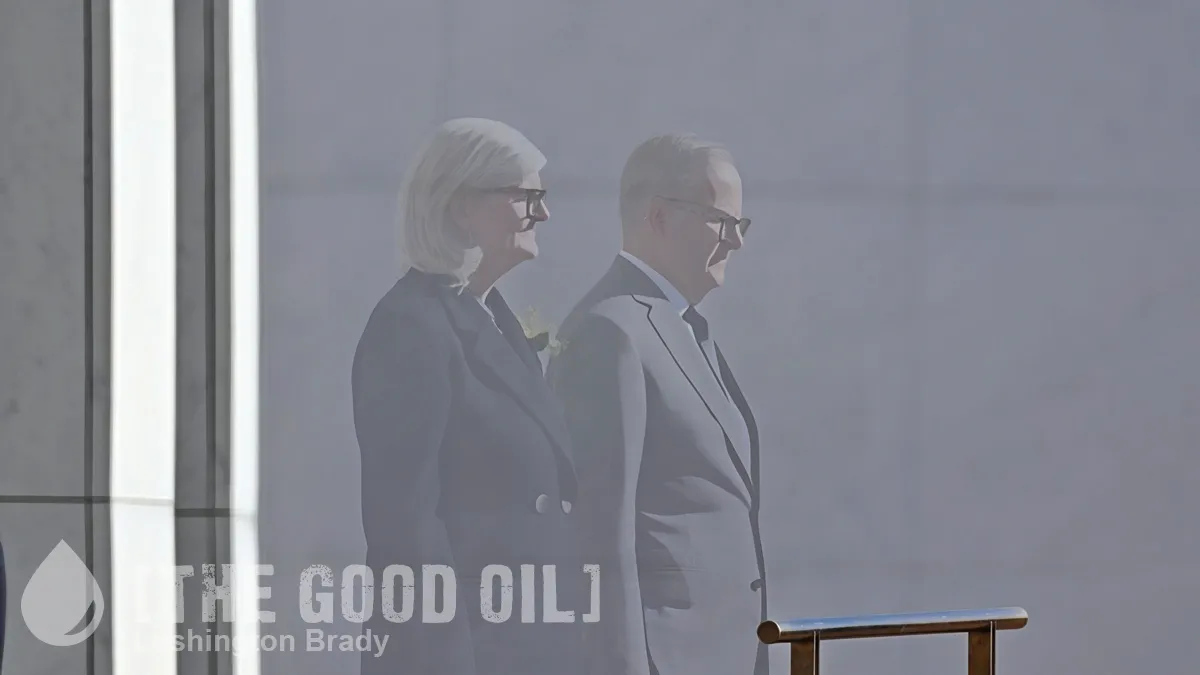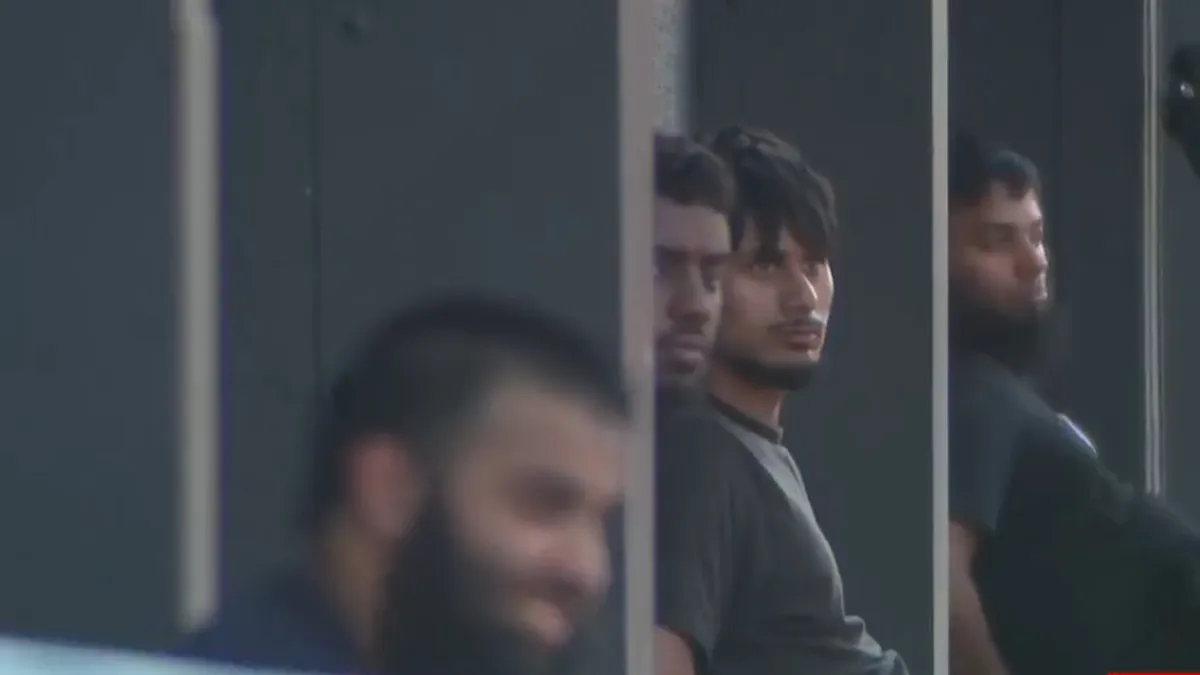As the harsh reality of “Net Zero” bites harder — and will sink its fangs even more, as winter advances — the deeper and deeper the denial grows from the idiots pushing it. Boofhead Bowen continues to insist that wind and solar are the cheapest form of electricity generation, despite clear evidence that, in every country, adoption of wind and solar is directly correlated with soaring power prices.

The main reason for the rising costs is because wind and solar are intermittent: their output fluctuates wildly. This puts tremendous stress on grids designed for steady, reliable input from coal, gas, or nuclear generators. That costs money and causes regular power shortages.
One answer to this unavoidable consequence of “renewables” is smart meters.
Suddenly, the real cost of wind and solar is coming home to consumers. Consumers who are finding their bills doubling, and more, to thousands of dollars a quarter.
Welcome to “Net Zero” — and it’s only just getting started.
Instead of paying a flat rate throughout the day, her property has been moved on to a so-called time-of-use, or cost-reflective, tariff.
Under the tariff, charges are significantly higher between 6am and 10am and 3pm and 1am – a total of 14 hours every day […]
Across Australia, but particularly in South Australia, consumers are being shifted on to time-of-use tariffs in big numbers.
That would be the South Australia which brags about its switch to “renewables”. How’s it working out?
Here’s the ABC saying the loud part very quietly:
Thanks to the rise of solar power in Australia, wholesale electricity prices are typically far cheaper in the middle of the day.
However, they often soar in the afternoon and evening when solar output falls away and back-up generators such as gas plants have to fill the breach.
Emphasis added
And there’s the problem, isn’t it? Solar power is cheap during the middle of the day — when hardly anyone’s at home using it. When people really need power — during the night and early morning — solar’s sitting idle. So, when everyone wants power, there’s precious little being generated.
Basic Economics: high demand, short supply = rising costs.
As always, though, socialists live in denial of such harsh economic reality.
Ross Womersley from the South Australian Council of Social Services said […] the tariffs were entrenching inequality and badly hurting many of the people who could least afford it.
Economic reality is not all they’re denying.
He said if regulators and the industry genuinely wanted to improve the system, they should implement changes providing fairer access to surplus renewable energy.
Who’s going to tell him? Although even this dim bulb gets a glimmer of reality, now and then.
“The opportunities to really maximise any of the advantages from time-of-use come with having the flexibility on the one hand to move your usage pattern or the mechanisms to control for your demand,” he said.
“And clearly things like battery storage and electric cars are one of those mechanisms for being able to do that.
“However, what we also know is that those things are costly.
ABC Australia
It’s almost like “renewables” are ruinously expensive, all ‘round.
Ten bucks says every one of the people complaining to the ABC is also a fervent, Greta-worshipping, supporter of “Net Zero”.
Welcome to reality, Climate Cultists.









